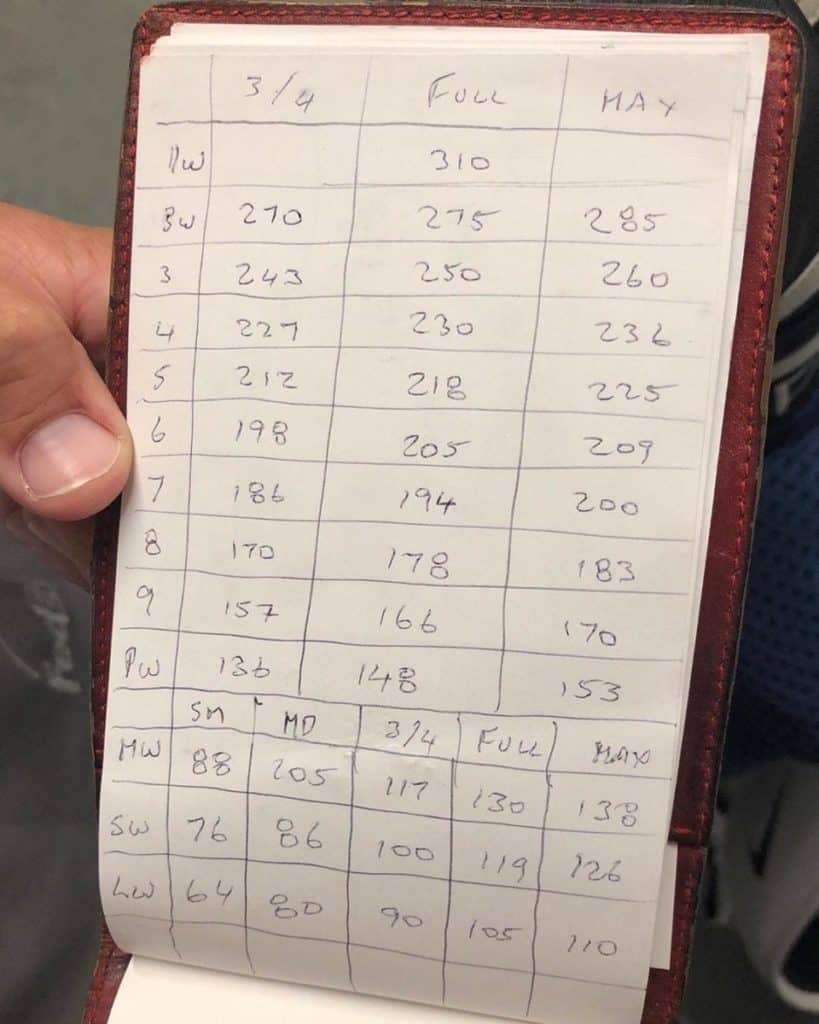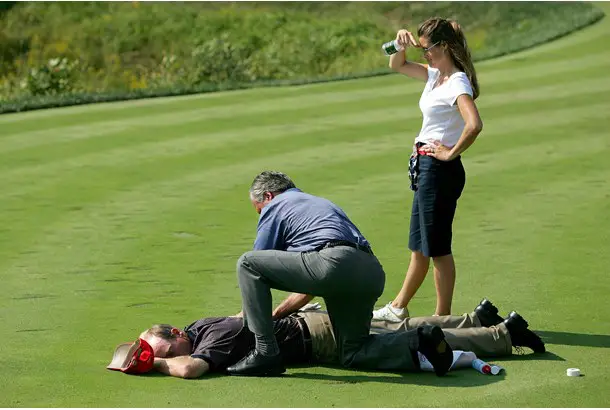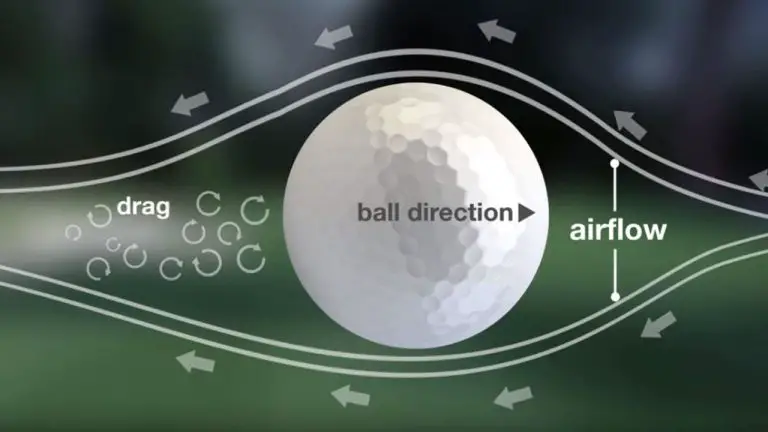How Far Should You Hit A 60 Degree Wedge
When it comes to the delicate art of the short game in golf, the 60-degree wedge is a vital tool for precision shots around the greens. As golfers strive to improve their skills and lower their scores, one common question arises: “How far should you hit a 60-degree wedge?” Understanding the distance capabilities of this versatile club is essential for executing accurate approach shots, delicate pitches, and precise flop shots.
In this comprehensive guide, we will delve into the nuances of determining the ideal distance you should hit a 60-degree wedge. We will explore the factors that influence its distance, provide average benchmarks, and offer practical insights to help you fine-tune your game with this indispensable club.
The 60-degree wedge, also known as a lob wedge, boasts a high loft that allows for steep trajectory and increased spin. This loft creates an excellent combination for shots requiring precise control and stopping power. But how far can you expect to hit a 60-degree wedge? The answer depends on several factors, including club loft, swing technique, shot quality, and individual skill level.
Throughout this guide, we will explore these factors in detail, providing you with a comprehensive understanding of what influences your distance with a 60-degree wedge. By gaining insights into club design, swing mechanics, shot quality, and other crucial aspects, you will be empowered to make more informed decisions and execute shots with confidence.
So, whether you’re a seasoned golfer looking to fine-tune your approach shots or a beginner eager to master the art of the short game, this guide will equip you with the knowledge and strategies needed to determine the optimal distance for hitting a 60-degree wedge. Get ready to elevate your short game skills and take your golfing performance to new heights.

Factors Affecting Distance with a 60-Degree Wedge
The distance you can achieve with a 60-degree wedge is influenced by several factors. Understanding these factors will enable you to make more precise calculations and execute shots with confidence. Let’s delve into the key elements:
Loft and Design
The loft of a 60-degree wedge is the primary factor that distinguishes it from other clubs. This high loft allows the ball to pop up quickly and creates a steep descent angle, ideal for shots that require height and spin. The design features of the wedge, such as sole grind and bounce, also affect performance and distance.
Swing Technique and Power
Your swing technique and power play a significant role in determining the distance you can hit a 60-degree wedge. A proper swing technique, including a controlled tempo and a shallow approach, helps generate optimal spin and trajectory. Power transfer through efficient body rotation and crisp contact with the ball enhances distance and control.
Shot Quality and Consistency
Consistency and shot quality are paramount when it comes to hitting accurate and consistent distances with a 60-degree wedge. Factors such as strike location, ball compression, and clubface control contribute to shot quality. Developing a consistent swing motion, maintaining a stable base, and focusing on a clean strike will improve your distance control.
Average Distance for Hitting a 60-Degree Wedge
Understanding the average distance for hitting a 60-degree wedge provides a helpful reference point. It’s important to note that these averages can vary among golfers due to individual swing characteristics and skill levels.
PGA Tour Averages
On the professional circuit, PGA Tour players typically hit a 60-degree wedge between 80 and 100 yards. These elite players possess exceptional control and touch around the greens, allowing them to execute precise shots within this range.
Amateur Golfer Averages
For amateur golfers, the average distance with a 60-degree wedge is generally shorter than that of professional players. Amateurs can expect to hit a 60-degree wedge between 50 and 70 yards. However, it’s crucial to remember that individual variations exist, and factors such as skill level, swing speed, and shot consistency contribute to these variances.
Factors Influencing Personal Distance with a 60-Degree Wedge
While average distances provide a general guideline, determining your personal distance with a 60-degree wedge involves considering several factors that are unique to your game.
Individual Swing Technique and Power
Your swing technique and power output have a direct impact on the distance you can achieve with a 60-degree wedge. Analyzing your swing mechanics, including tempo, wrist hinge, and release, will help identify areas for improvement and optimize distance.
Shot Quality and Consistency
The quality and consistency of your ball striking greatly influence the distance you can hit with a 60-degree wedge. Developing a repeatable swing and focusing on making solid contact with the center of the clubface will improve both distance control and accuracy.
Shot Technique and Shot Selection
The technique and shot selection you employ with a 60-degree wedge also affect the distance you can achieve. Factors such as shot trajectory, spin control, and shot shape play a role in determining the optimal distance for a particular shot. Adjusting your shot technique and selection based on the desired outcome will help you maximize your distance and control with a 60-degree wedge.
Determining Your Personal 60-Degree Wedge Distance
To establish your personal 60-degree wedge distance, you need to assess your swing characteristics, gather data, and engage in focused practice. Here are some steps you can take:
Assessing Swing Characteristics
Evaluate your swing mechanics, including swing speed, angle of attack, and ball contact. Understanding these aspects will give you insights into your tendencies and areas for improvement. Video analysis or working with a golf instructor can provide valuable feedback on your swing and help you make necessary adjustments.
Utilizing Technology and Data Analysis
Leveraging technology such as launch monitors and golf shot tracking systems can provide valuable data on your 60-degree wedge shots. These tools can measure parameters such as ball speed, launch angle, and spin rate, helping you gather accurate information to determine your personal distance.
Practical Tips for Maximizing 60-Degree Wedge Distance
To optimize your performance with a 60-degree wedge and maximize your distance, consider the following tips:
Club Selection and Equipment
Ensure that you have the right equipment for your game. Choosing a 60-degree wedge with the appropriate bounce, sole grind, and shaft specifications can enhance your performance. Experimenting with different wedges and seeking professional club fitting can help you find the ideal match for your swing and playing style.
Shot Technique and Execution
Developing a solid shot technique with a 60-degree wedge is crucial. Focus on a smooth tempo, maintaining proper alignment, and executing a controlled swing. Practice various shot trajectories and distances to gain confidence in your ability to control the ball with your wedge.
Distance Control and Spin
Mastering distance control and spin with a 60-degree wedge is a key component of short game proficiency. Experiment with different swing speeds, ball positions, and clubface angles to achieve the desired trajectory and spin for specific shots. Practice different types of shots, including full swings, pitch shots, and delicate flop shots, to become adept at controlling distance and generating spin.
Conclusion
Determining how far you should hit a 60-degree wedge involves understanding the factors that affect distance, evaluating your personal swing characteristics, and practicing with purpose. While average distances provide a reference point, it’s important to consider individual variations and focus on optimizing your own performance. By applying practical tips, honing your shot technique, and gaining a deep understanding of your swing, you’ll be able to maximize your distance and control with a 60-degree wedge. Embrace the versatility of this club and enjoy the precision it brings to your short game. Happy golfing!







